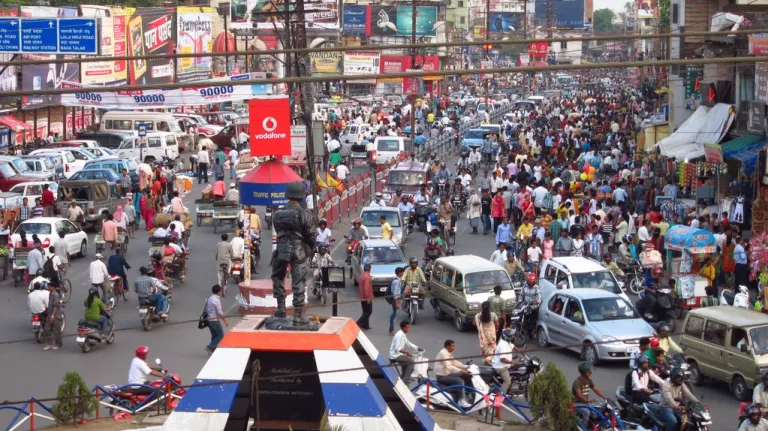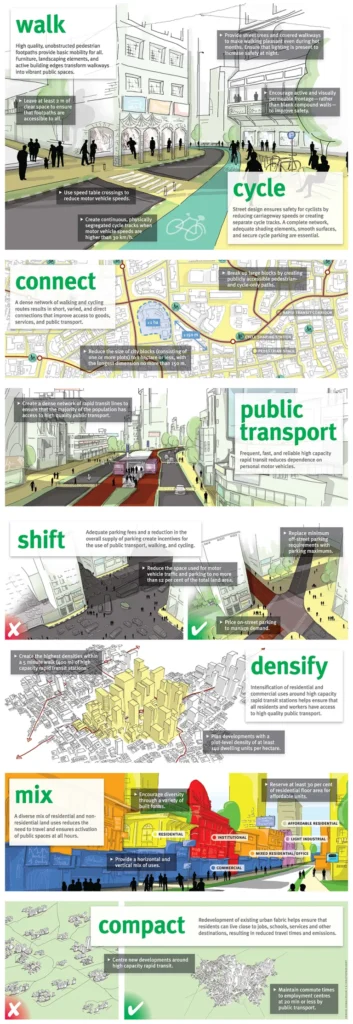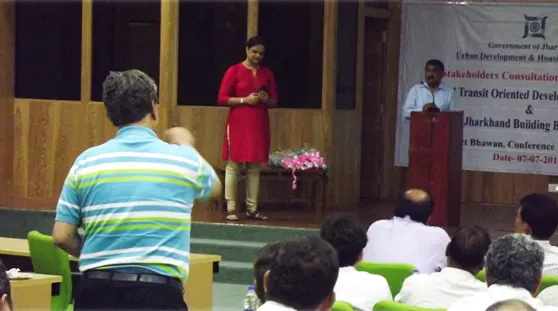“An online portal launched by the Government of India could be used to procure spare parts from traders at competitive rates.” “ PMPML (Pune Mahanagar Parivahan Mahamandal Limited) could look at fixed deposit investment plans for better fund-raising.” These ideas for PMPML’s business development plan were not suggested by a transport planner; neither by a banker nor a tech expert. These were suggestions from the young citizens of Pune at a citizens’ engagement workshop!
PMPML, the public transport service provider for the city of Pune, organised two such workshops in collaboration with Ernst & Young. The first workshop was held in Aundh on January 12th, 2017, followed by one in Pimpri on January 19th. The aim of the programme was to collect people’s feedback on existing public transport conditions in the city and their recommendations to improve bus services through PMPML’s business plan.
Writer Unknown

The business plan is an important step towards attaining a 40% modal share of public transport in the city – one of the goals in Pune’s comprehensive mobility plan. Ernst & Young & UMTC have been appointed to create the business plan. The business plan committee consisting of representatives from Nagrik Chetna Manch, Parisar, Pravasi Manch, Sajag Nagrik Manch & ITDP has helped PMPML put together the scope of work for the business plan and is also reviewing the consultants’ work.
The business plan will include short-term (3 years), medium-term (8-10 years) and long term (10-20 years) plans in order to achieve continued delivery of good service. Contrary to a business plan that generally comprises of purely technical details detached from the people and devoid of their inputs, PMPML’s plan is being made inclusive and people-oriented right from the scratch.
The citizens’ engagement workshops were a part of this strategy to include the public and get their on-ground opinion. During the workshop, several issues were brought forward, a majority of them focused on everyday transit ordeals. The physical condition of the bus, conflicts with the conductor and dissatisfaction with the driving, were a few of these concerns. The programme thus proved to be a good platform for PMPML to learn about these problems, which the agency has promised to resolve immediately.
Pune’s youth voicing out their innovative ideas.
“I would like to see Transit-oriented development materialize on the ground”, stated C.P.Singh, the Urban Development Minister of Jharkhand, at the public consultation workshop held in July, for the adoption of the Jharkhand Transit-oriented Development Policy (JTODP). The workshop, organized in Ranchi by the Urban Development and Housing Department (UD&HD), thus backed by political will, was an important step towards realizing Jharkhand’s vision of making its cities safe and sustainable.
The Jharkhand government has set high goals to this end in the proposed State Transit-oriented Development (TOD) Policy. According to this policy, by 2026, public transport, walking and cycling will become the predominant modes of transport for over 80% of the city trips, thereby reducing usage of personal motor vehicles to less than 20%. Quality public transport will be accessible to a majority of the population within a 400m walk. Further, more than 50% of the residents in larger cities will have access to rapid transit at the same walking distance. Reduced trip lengths have also been aimed at. Once adopted, the policy will guide the future growth of all cities in Jharkhand.
Writer Unknown

The 21st century has seen an increase in Jharkhand’s urban population by 32% from 2001 to 2011, totaling at 7.9 million — 67% of which is constituted by 11 cities with a population of 1 lakh and more. Unplanned rapid urban growth in these cities has translated into low-density urban sprawl, longer commutes, increased dependence on personal motorized vehicles, congestion and pollution. This disastrous outcome is a result of conventional car-centric planning and insufficient development of sustainable modes of transport such as walking, cycling and public transport.
By 2031, the number of city inhabitants in Jharkhand is expected to further double to 13.85 million! With its cities urbanizing at such quick rates, Jharkhand faces the challenge of planning this transition in ways that will ultimately provide a safe, affordable, sustainable and inclusive environment for its citizens. The state is looking to bring about this paradigm change by adopting a TOD-approach.
In contrast to the current method of development, TOD involves actively planning for future mixed use developments — residential, commercial, and other uses — within a compact city form, so that most citizens live, work, and play within walking distance of public transit. Well designed and fully realized TOD areas can play a transformative role in the city’s economic and cultural well-being, creating vibrant and lively places for people of all ages and income groups. Adequate parking fees and overall reduction in parking supply can disincentivize the use of personal motor vehicles.
By 2031, Jharkhand’s urban population is expected to double to 13.85 million!

At the consultation workshop held in Ranchi, Ms. Shreya Gadepalli – Regional Director, South Asia, ITDP – presented the key features of the Jharkhand TOD policy. She reinforced the primary principle that streets are meant for people rather than for cars and stressed the need to adopt a transit-first approach to help achieve social inclusion, safety and resource efficiency. The presentation also sought to bust many parking myths and laid emphasis on managing and pricing on-street parking to restrict private vehicle use. The necessary changes to be made to the bye-laws and institutional framework were then elaborated.
Following the presentation was a dynamic discussion with the stakeholders — including Principal Secretary and Director of UD&HD along with town planners; Municipal Commissioners of Ranchi; Director, State Urban Development Authority; members of CREDAI and Architects Association of Ranchi. The discussion brought out the likely challenges in implementing the JTOD policy and sought solutions for the same, such as selection of transit corridors for TOD-transformation.

The consultation workshop witnessed Vision 2026 being received with promising welcome and endorsed by most stakeholders – along with a much needed political backing. It can be expected to soon transform Jharkhand’s urban spaces into people- and environment-friendly pockets, giving way to safe, sustainable and inclusive cities!
Following the presentation was a dynamic discussion with the stakeholders.
